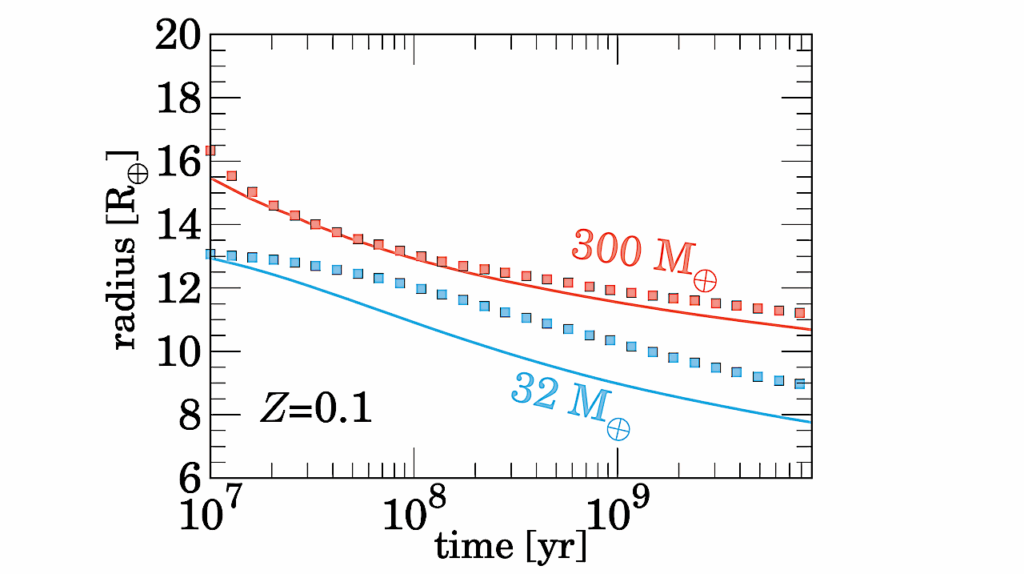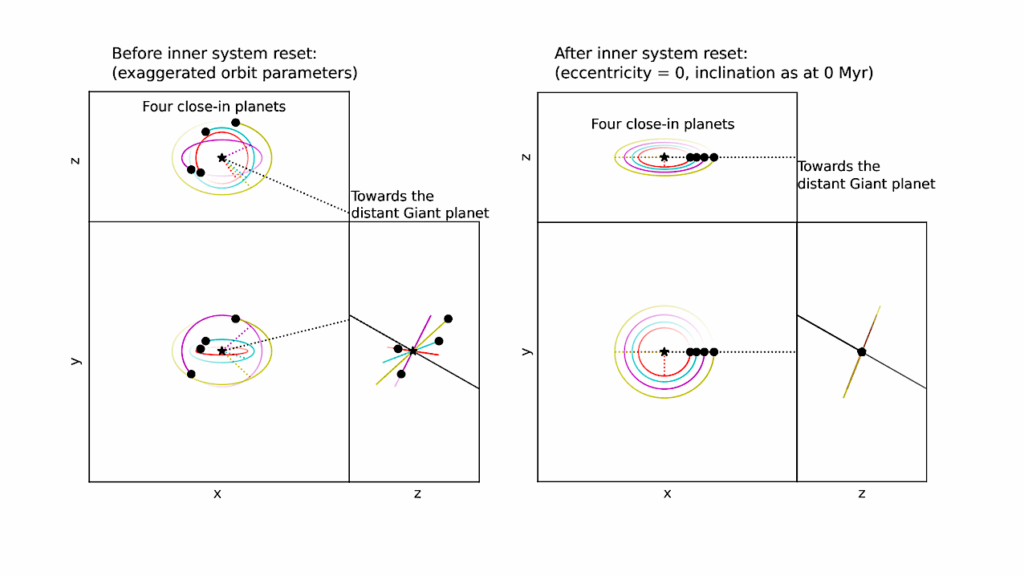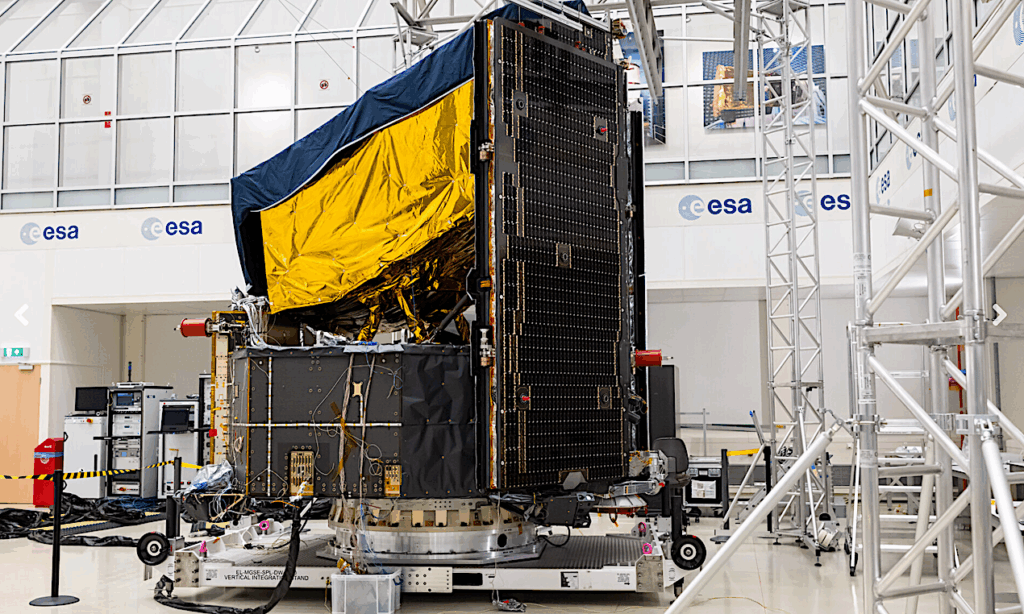Impact of Correlated Noise on the Mass Precision of Earth-analog Planets in Radial Velocity Surveys

Characterizing the masses and orbits of near-Earth-mass planets is crucial for interpreting observations from future direct imaging missions (e.g., HabEx, LUVOIR).
Therefore, the Exoplanet Science Strategy report (National Academies of Sciences, Engineering, and Medicine 2018) recommended further research so future extremely precise radial velocity surveys could contribute to the discovery and/or characterization of near-Earth-mass planets in the habitable zones of nearby stars prior to the launch of these future imaging missions. Newman et al. (2021) simulated such 10-year surveys under various telescope architectures, demonstrating they can precisely measure the masses of potentially habitable Earth-mass planets in the absence of stellar variability.
Here, we investigate the effect of stellar variability on the signal-to-noise ratio (SNR) of the planet mass measurements in these simulations. We find that correlated noise due to active regions has the largest effect on the observed mass SNR, reducing the SNR by a factor of ∼5.5 relative to the no-variability scenario — granulation reduces by a factor of ∼3, while p-mode oscillations has little impact on the proposed survey strategies. We show that in the presence of correlated noise, 5-cm s−1 instrumental precision offers little improvement over 10-cm s−1 precision, highlighting the need to mitigate astrophysical variability.
With our noise models, extending the survey to 15 years doubles the number of Earth-analogs with mass SNR > 10, and reaching this threshold for any Earth-analog orbiting a star > 0.76 M⊙ in a 10-year survey would require an increase in number of observations per star from that in Newman et al. (2021).
Jacob K. Luhn, Eric B. Ford, Zhao Guo, Christian Gilbertson, Patrick Newman, Peter Plavchan, Jennifer A. Burt, Johanna Teske, Arvind F. Gupta
Comments: 30 pages, 9 figures, accepted in AJ
Subjects: Earth and Planetary Astrophysics (astro-ph.EP); Instrumentation and Methods for Astrophysics (astro-ph.IM)
Cite as: arXiv:2204.12512 [astro-ph.EP] (or arXiv:2204.12512v1 [astro-ph.EP] for this version)
https://doi.org/10.48550/arXiv.2204.12512
Focus to learn more
Submission history
From: Jacob Luhn
[v1] Tue, 26 Apr 2022 18:00:05 UTC (6,211 KB)
https://arxiv.org/abs/2204.12512
Astrobiology








